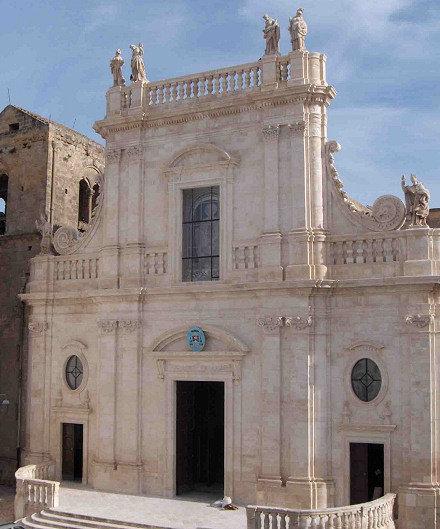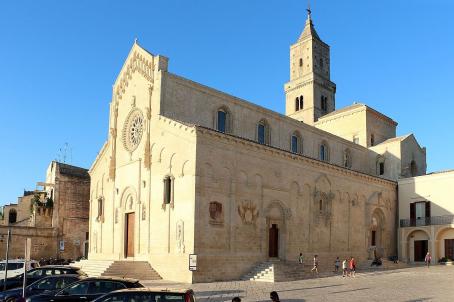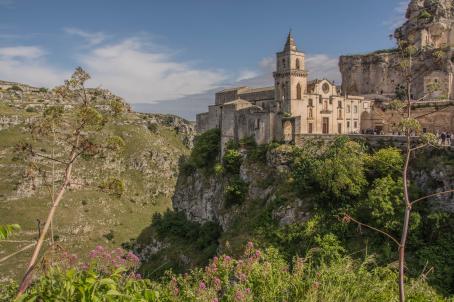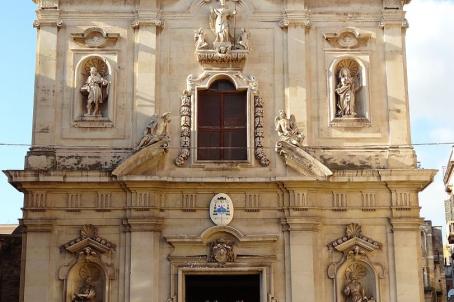Castellaneta Cathedral
The church of Santa Maria Assunta is the cathedral of Castellaneta. The original church, dedicated to the town's patron saint, Saint Nicholas, was built in the second half of the 11th century and rebuilt in the 14th century in the Apulian Romanesque style with the new dedication to Saint Mary of the Assumption. In the 17th and 18th centuries, the building was renovated and restored in Baroque style, which almost completely erased all traces of the original church.






